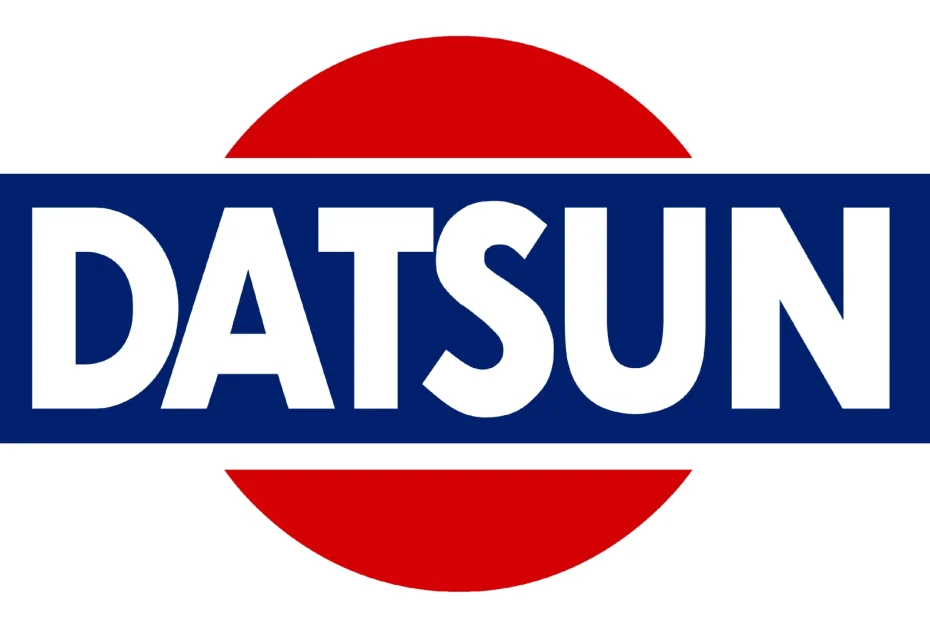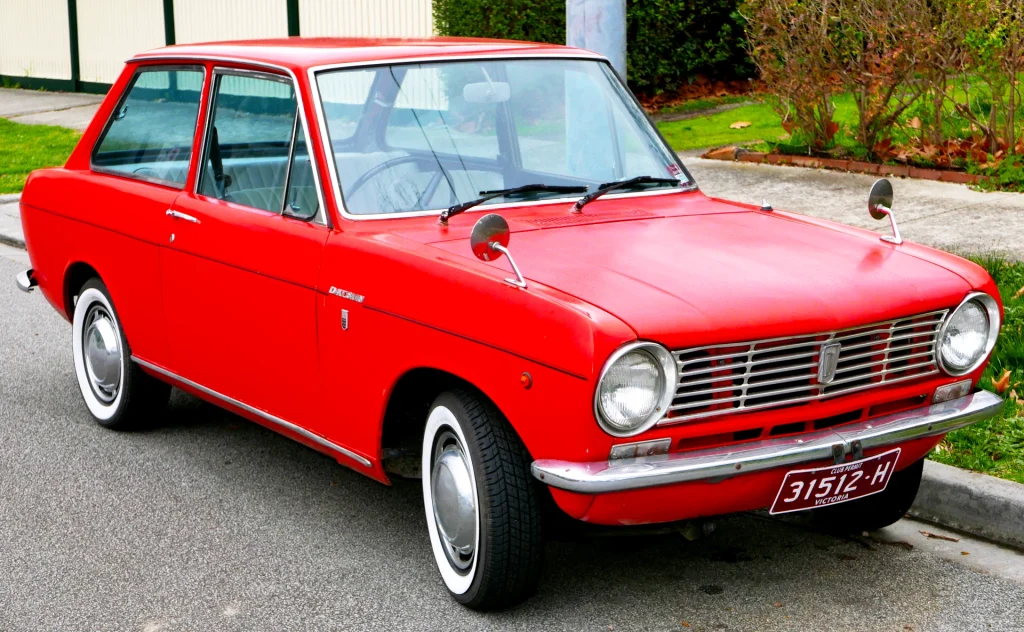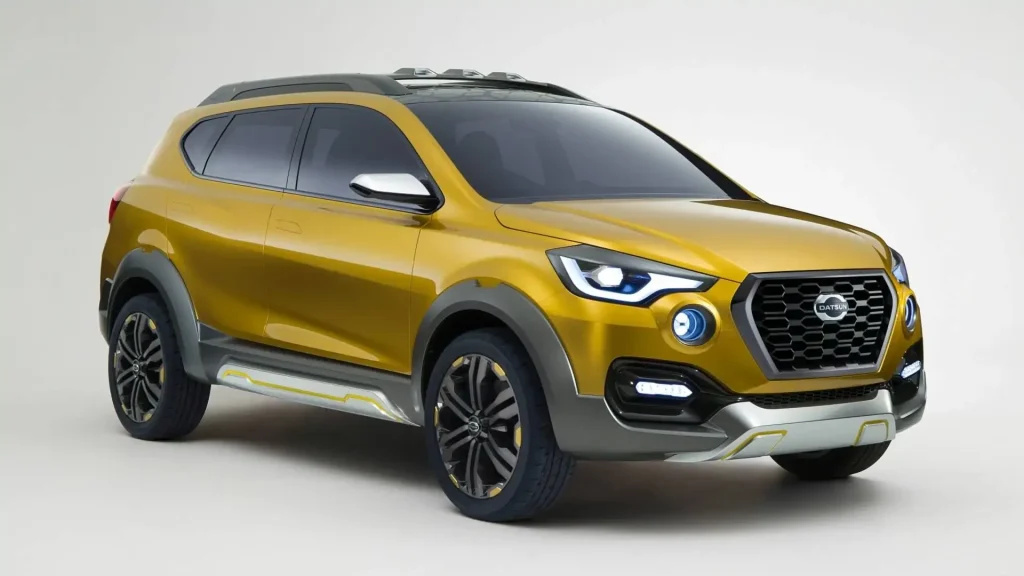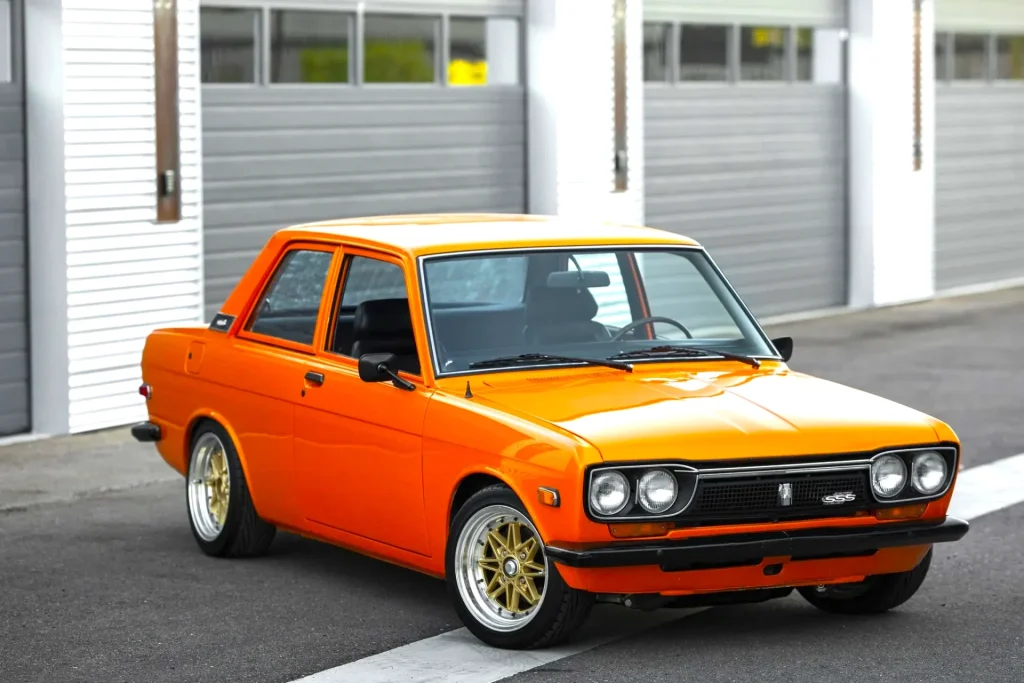Many car names come and go, but the Datsun story is unforgettable. This brand, intrinsically linked to Nissan, has had a wild ride! From the meaning of its name to its resurrection and ultimate demise, it’s a real saga, and you won’t believe what happened.
Ever wonder how a simple name can make such a difference? Let me tell you this story full of twists and turns.
The Datsun Name’s Origins
It all began in 1914 when three men – Kenjiro Den, Rokuro Aoyama, and Meitaro Takeuchi – combined the initials of their surnames to create the Kaishinsha Motorcar Works. This resulted in the name “DAT,” which sounded like “dash off” in Japanese. Later, in 1930, they launched a smaller car and called it “Datson,” meaning “son of DAT.” However, “son” in Japanese sounds like “loss,” and this apparently brought bad luck! So, they changed it to “Datsun” in 1931, with “sun” referencing the rising sun on the Japanese flag.
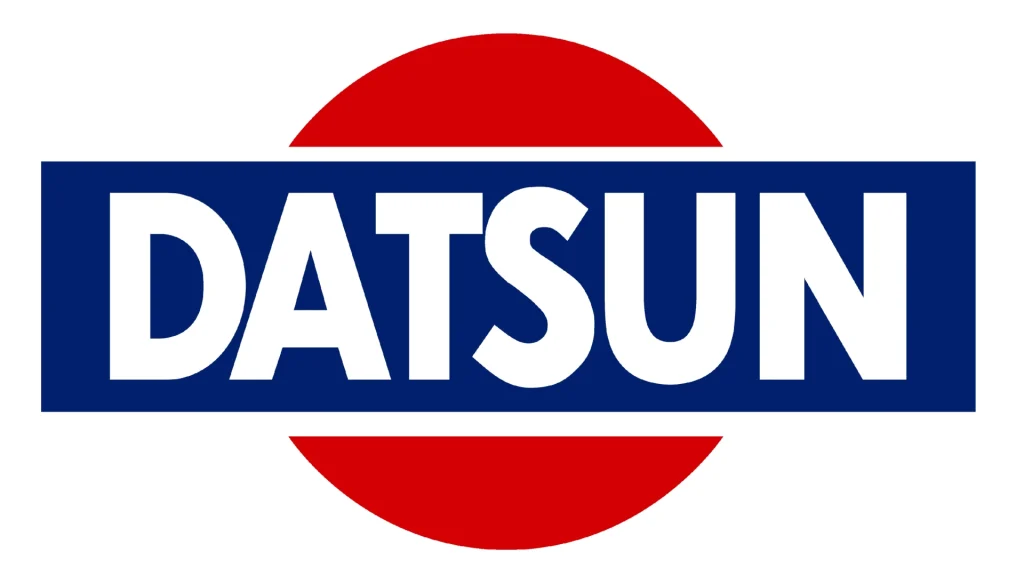
Clever, right? But the story doesn’t end there. DAT Motors merged with Toata Casting in 1933, which was part of Nissan. Datsun became the name for Nissan’s passenger cars, while Nissan focused on trucks and military equipment. They even adopted Henry Ford’s assembly lines, producing models like the Type 10, Type 11, and Type 12. Then came World War II, and military production took over.
Datsun in the American Market and Mr. K
After the war, Nissan’s image in the United States was tarnished due to its association with the Japanese war effort. Datsun stepped in to revitalize the brand’s image. In 1958, Datsun arrived in the US with the 1000 model, and it was a hit! Much of this success was due to Yutaka Katayama, known as “Mr. K,” who understood how to sell cars to Americans.
Datsun captured American hearts with sports cars like the 240Z, 260Z, and 280Z. These cars were innovative and sporty; the 240Z, for example, boasted a 2.4-liter, 151-horsepower engine – impressive for its time. Datsun also prioritized value, as seen in the Datsun 510, known for its durability and fuel efficiency (around 12 km/l in the city). These models helped establish Datsun as a reliable brand offering quality and performance at affordable prices.
Datsun Rebranded as Nissan in 1981
In 1981, Nissan decided to consolidate under a single name, changing Datsun to Nissan worldwide. While a good idea, it was costly: $500 million over four years! Imagine: 1100 dealerships in the US had to change all their signage. Consumers were confused, thinking Nissan was a new brand.
Nissan aimed to achieve the same recognition as Toyota and Honda in the US. The transition was difficult; many missed Datsun, which had a loyal following. However, unifying the brand was crucial for Nissan’s global growth. Was it worth it?
The Return of Datsun: Budget Models
In 2013, Nissan revived Datsun, this time as a budget brand for emerging markets like India, Indonesia, South Africa, and Russia. The goal was to offer affordable cars without harming Nissan’s image. Models like the Go, Redi-Go, and On-Do were launched. The Go, for instance, was a compact hatchback with a 1.2-liter engine, and the Redi-Go was a city crossover with a modern design and a 0.8-liter engine.
Carlos Ghosn, Nissan’s CEO at the time, spearheaded the project. But after his arrest, things fell apart. Datsun attempted a reinvention, focusing on fuel efficiency (some models exceeding 20 km/l), but it wasn’t enough.
The End of Datsun in 2022
By 2020, new Datsun sales outside India were halted. In 2022, production and sales in India ended. It was the end of an era. Datsun, having risen from the ashes, returned to obscurity.
The Datsun story is a lesson in brand adaptation. Sometimes, brilliant strategies fail in practice. What do you think Datsun lacked this time around?
Datsun and Nissan: A Complex Relationship
Datsun is a brand that was born, died, and resurrected multiple times. A true rollercoaster of branding strategies and market perception. The brand was crucial to Nissan’s early success, especially in the US, where it helped build a positive image after World War II.
Ultimately, Datsun demonstrates how a brand can be a powerful strategic tool, but strategy doesn’t always work as planned. The 1981 rebranding under Nissan was expensive and caused confusion, but it was necessary for the company’s global consolidation. The 2013 revival of Datsun as a budget brand had potential but ultimately failed. The Datsun saga continues to fascinate and teach valuable lessons about the automotive world.
Author: Fabio Isidoro
Fabio Isidoro is the founder and editor-in-chief of Canal Carro, where he has been writing about the automotive world since 2022. Passionate about cars and technology, he began his journey on the HospedandoSites portal and today dedicates himself to creating technical content and comprehensive analyses of national and international vehicles. 📩 Contact: contato@canalcarro.net.br

